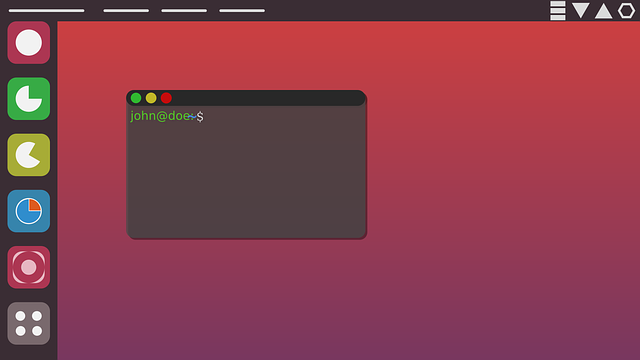When Richard Matthew Stallman came up with the GNU system in 1983, he probably had no idea what a turning point it would be in the computer business. It was, in fact, the beginning of an operating system based entirely on open source software. I have no idea how many offshoots or distributions of Linux there are today, but there are probably many. Unlike Windows, where there are only a few operating systems currently running, for example WIN 10 Home and actually PRO versions, there are about 30 different Linux distros running in the same time frame.

It is hard to say which is the most used since there is no way to track it. It is difficult to monitor the free ones. Of course, some numbers exist, but we have no idea how much we can trust them. So we will only mention the five most used. For example, Ubuntu, Fedora, Mint, Debian, and Mandriva; Ubuntu was and probably still is the most widely used. However, smaller offshoots such as Mint, cited earlier, are encroaching on this battle for the top spot. The latter is trying to get as close as possible to the Win OS, and is now the most popular OS in the market
. This is because those who switch from Win OS have certain habits and routines that they do not want to abandon. They may get tripped up when doing something more complicated or downloading. This is based on a very different, very different policy than Microsoft\’s.

If one wants to try any distro, it won\’t cost a penny and one doesn\’t have to install anything complicated, just plug the DVD or USB into the computer and wait for the system to load. Once that\’s done, you can start working. Since nothing is installed anywhere, when you remove the media, the system disappears and leaves no trace. Of course, this is only if the source is properly authenticated; the superstition that Linux doesn\’t create viruses because no one uses it is nonsense. However,it is true that it is rather rare to get a virus on Linux.